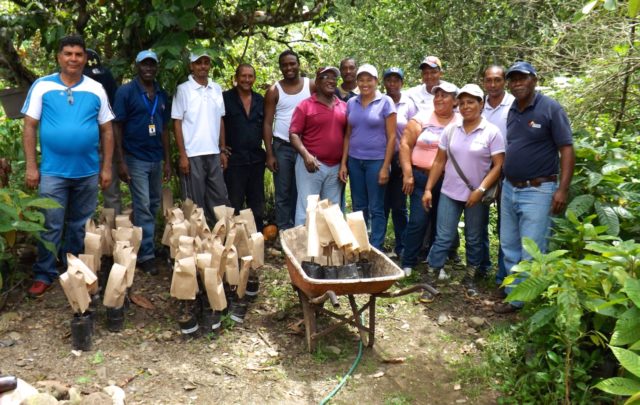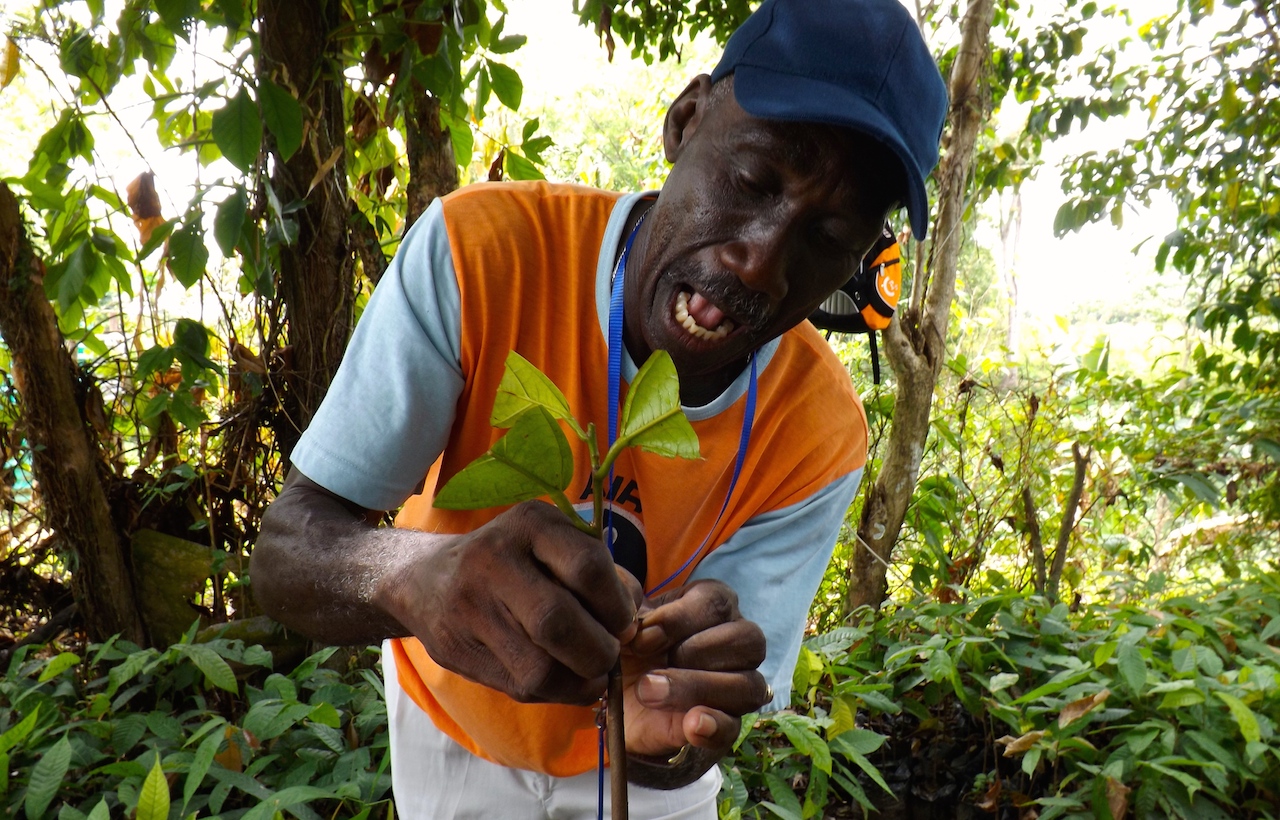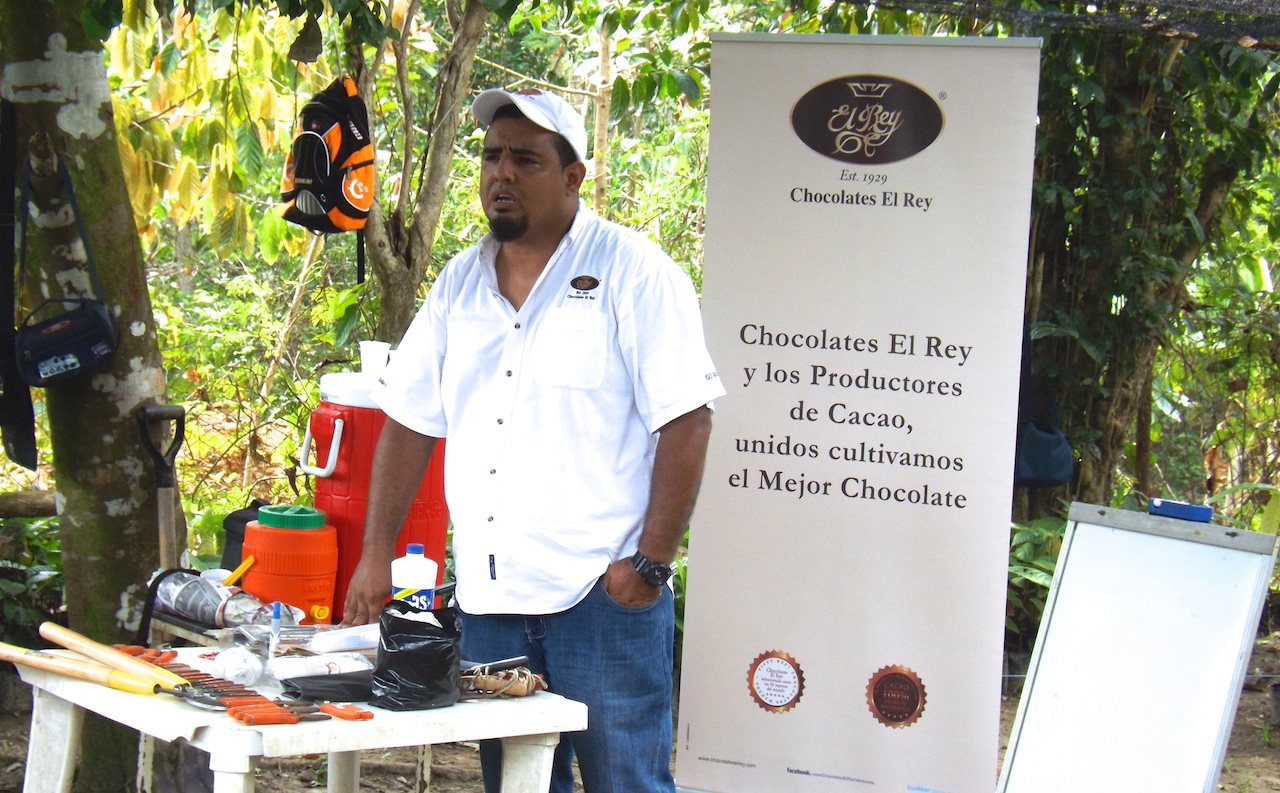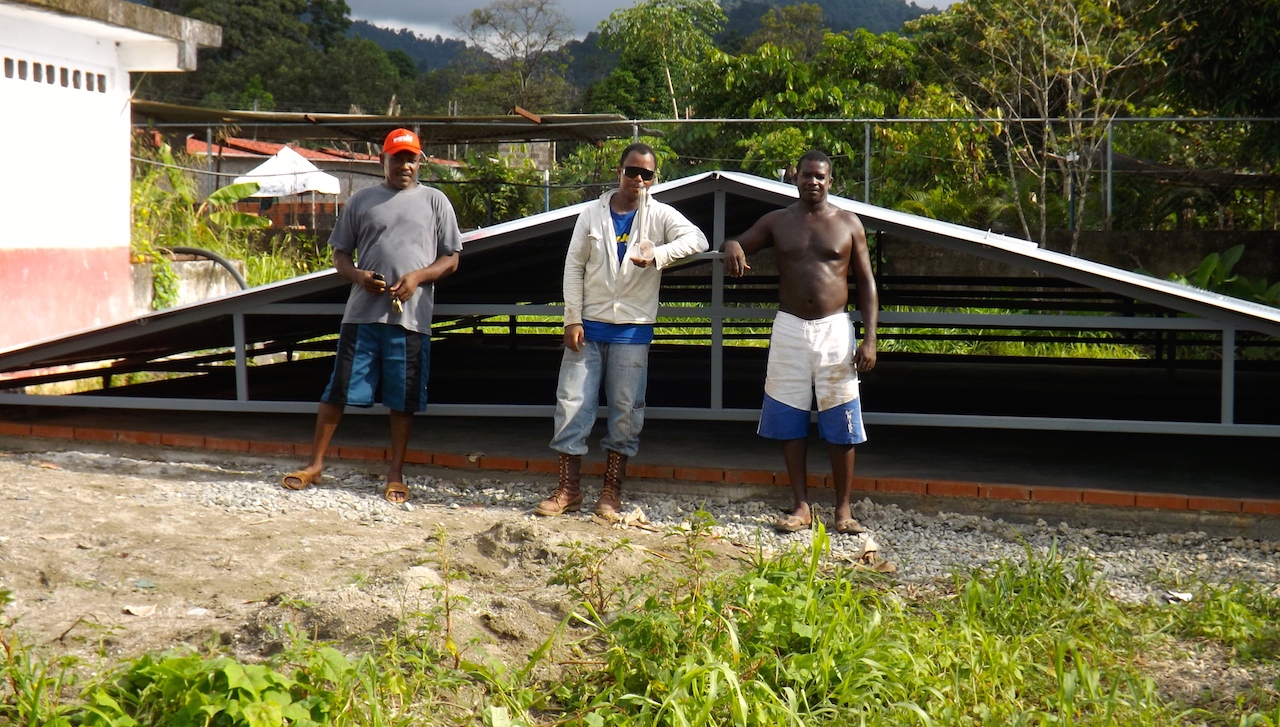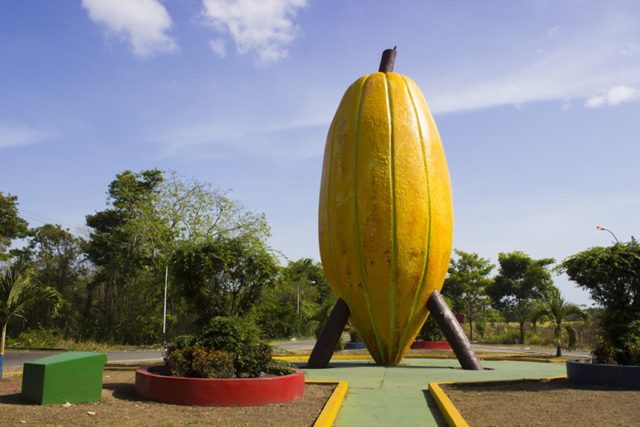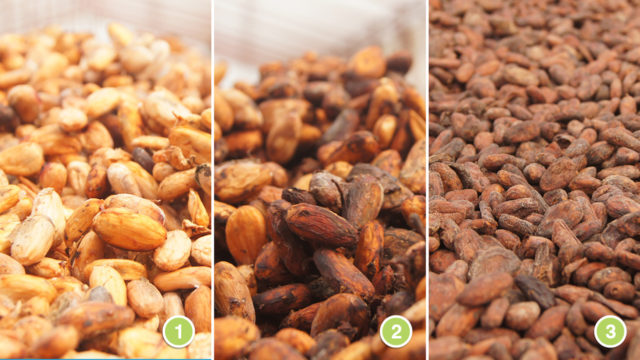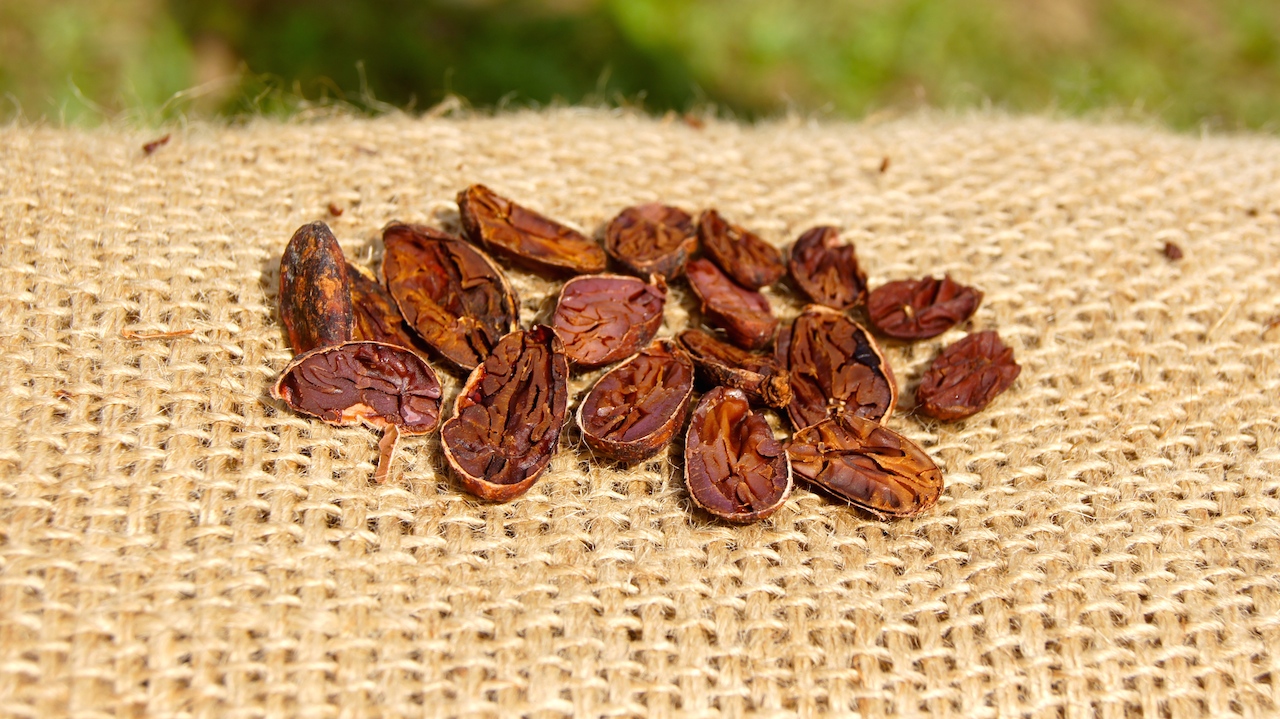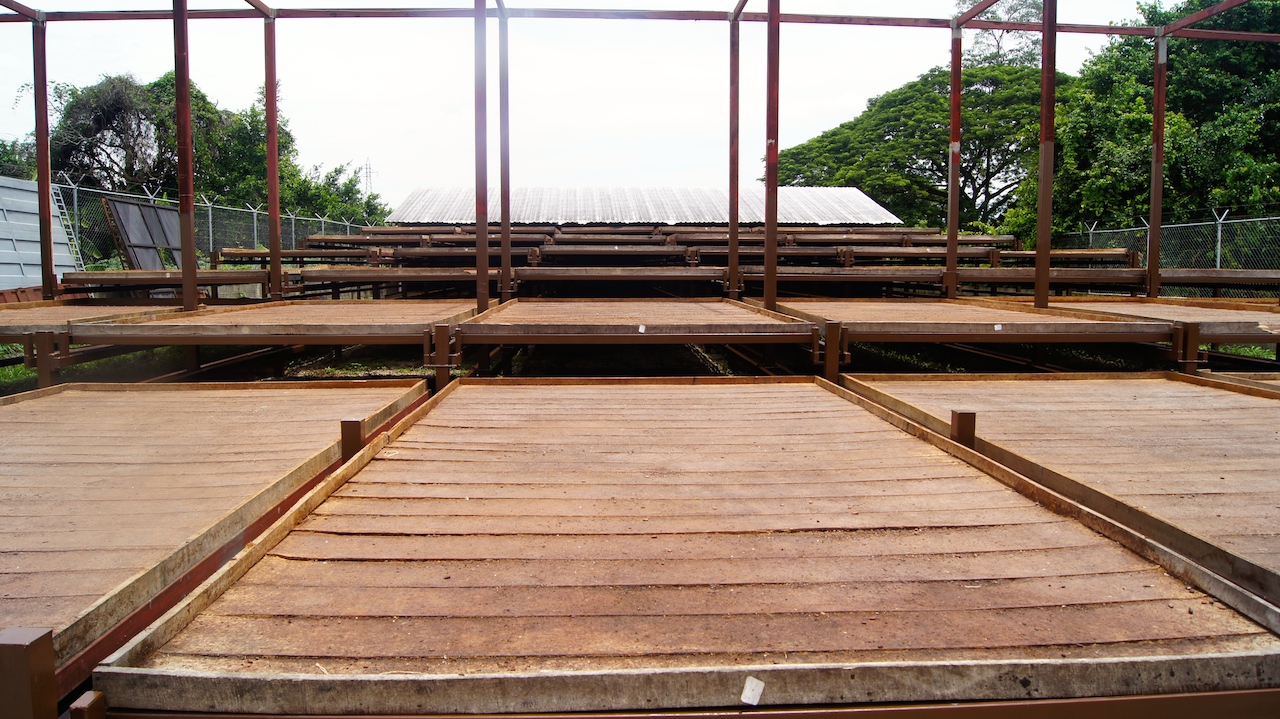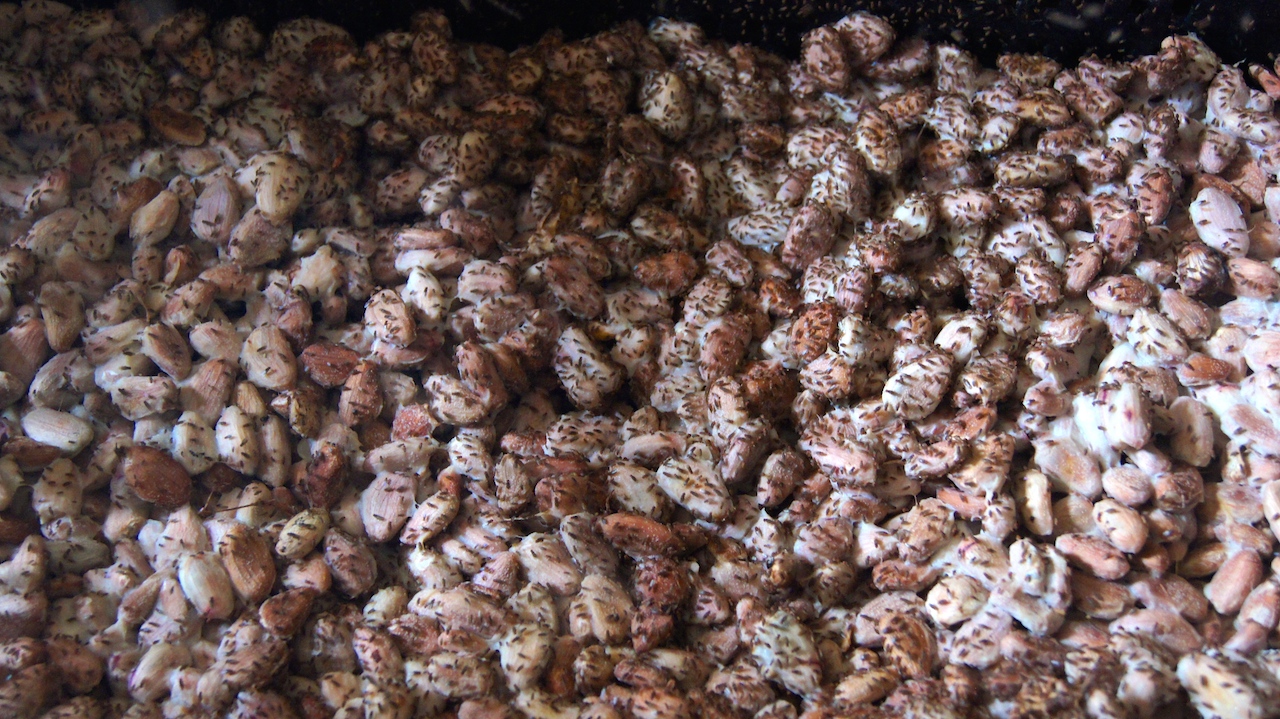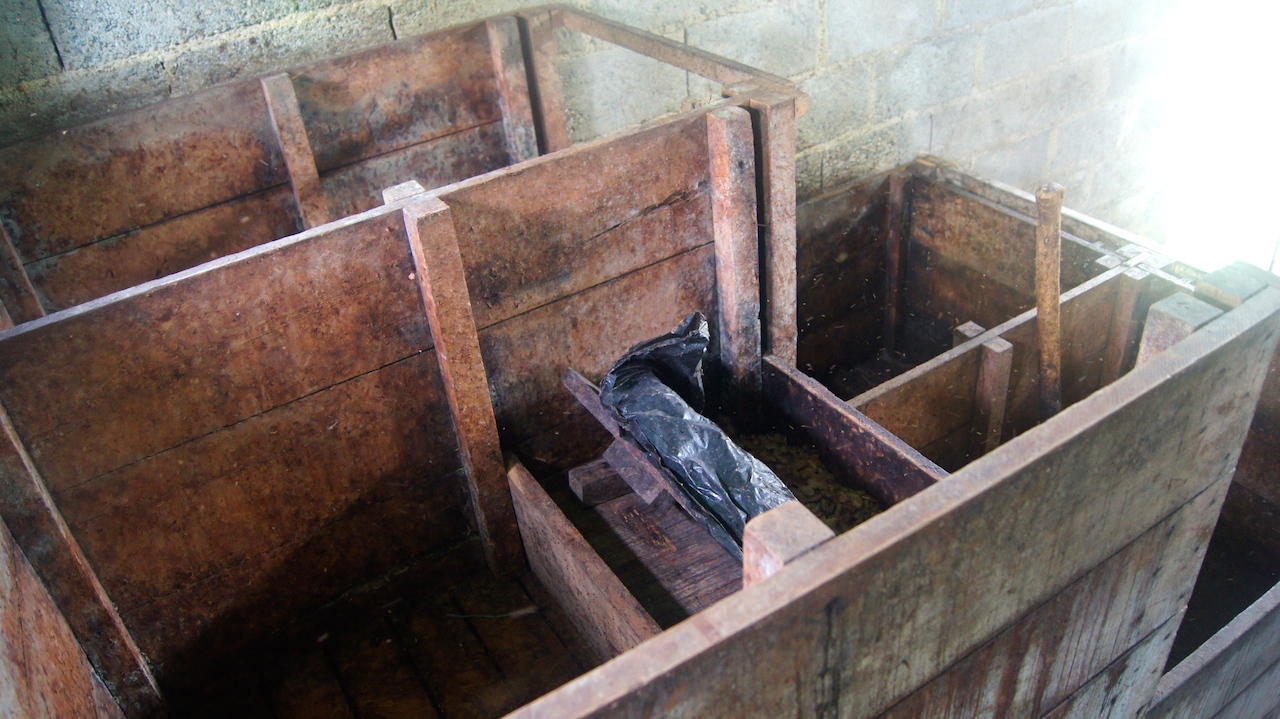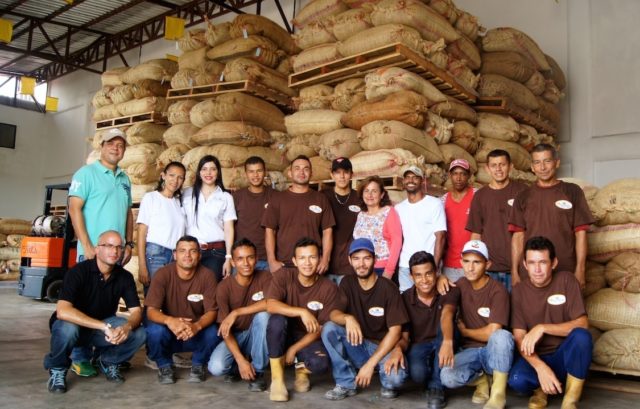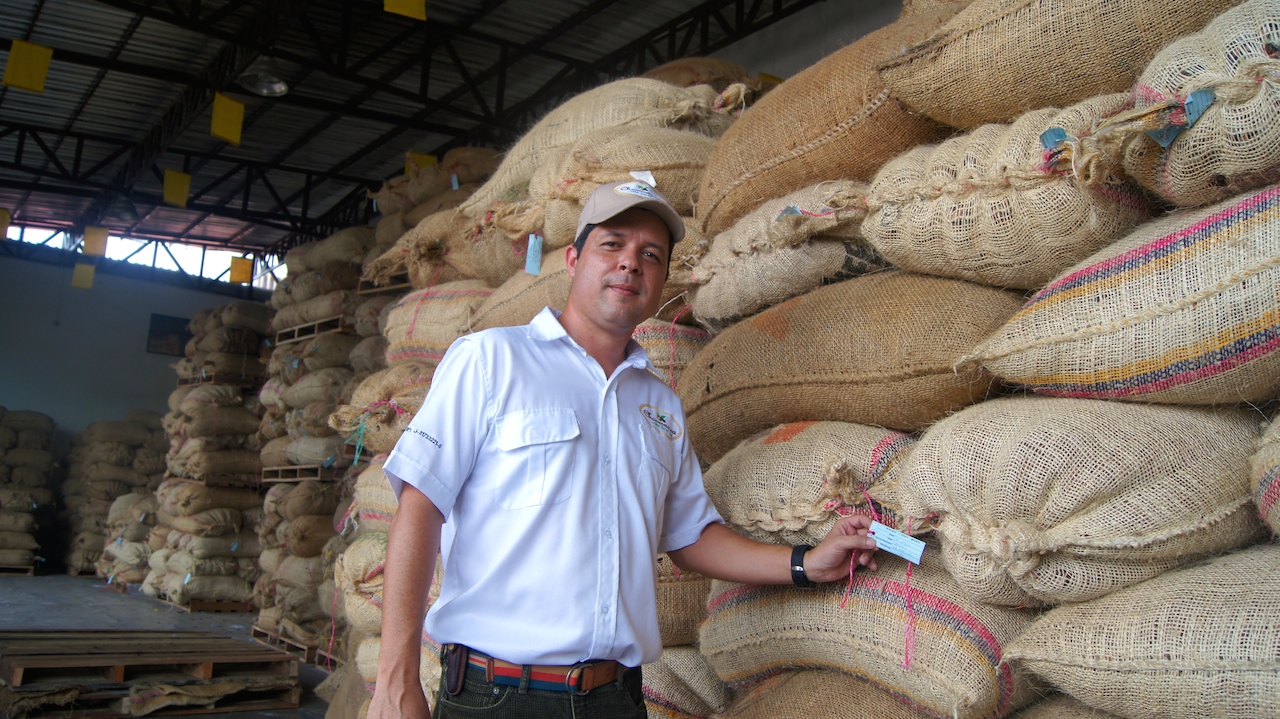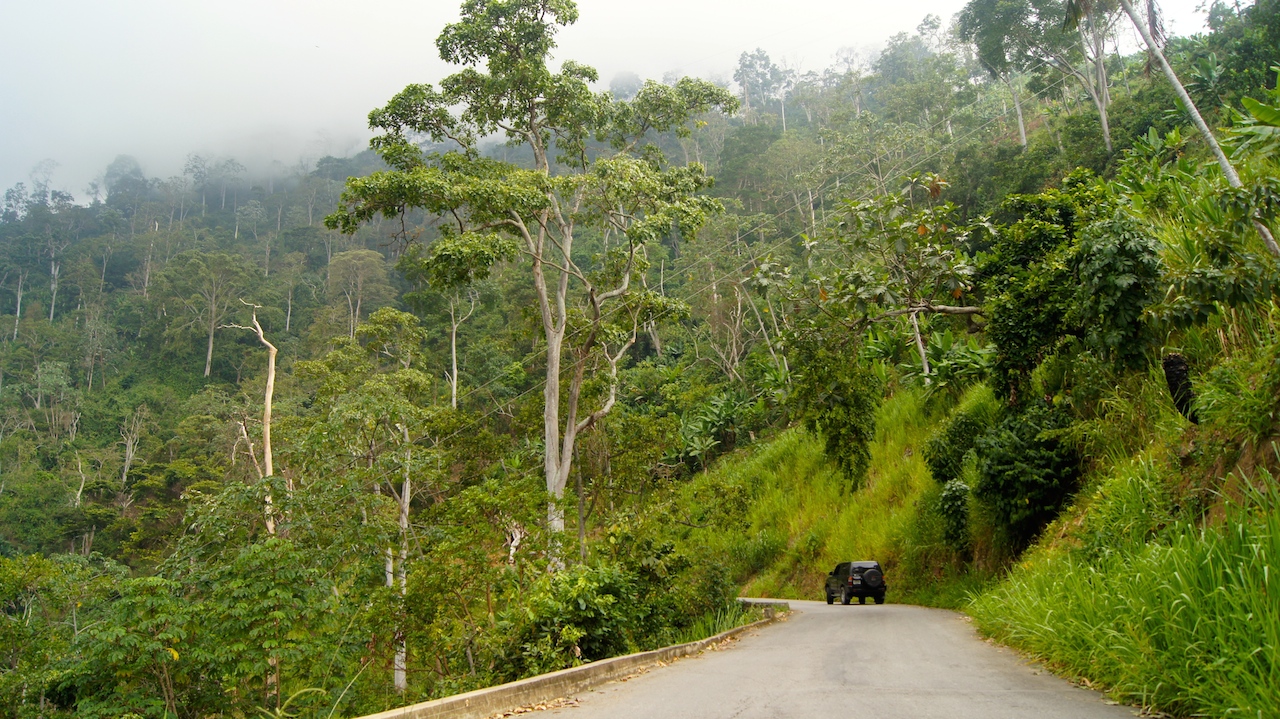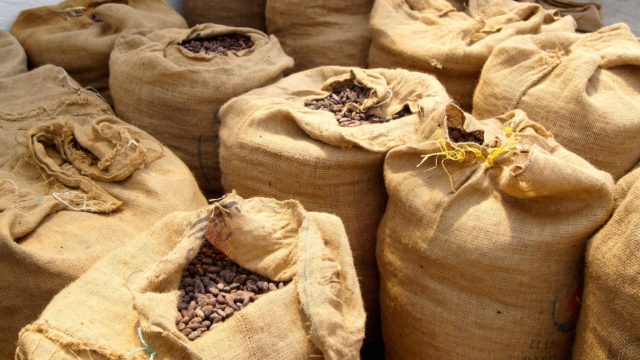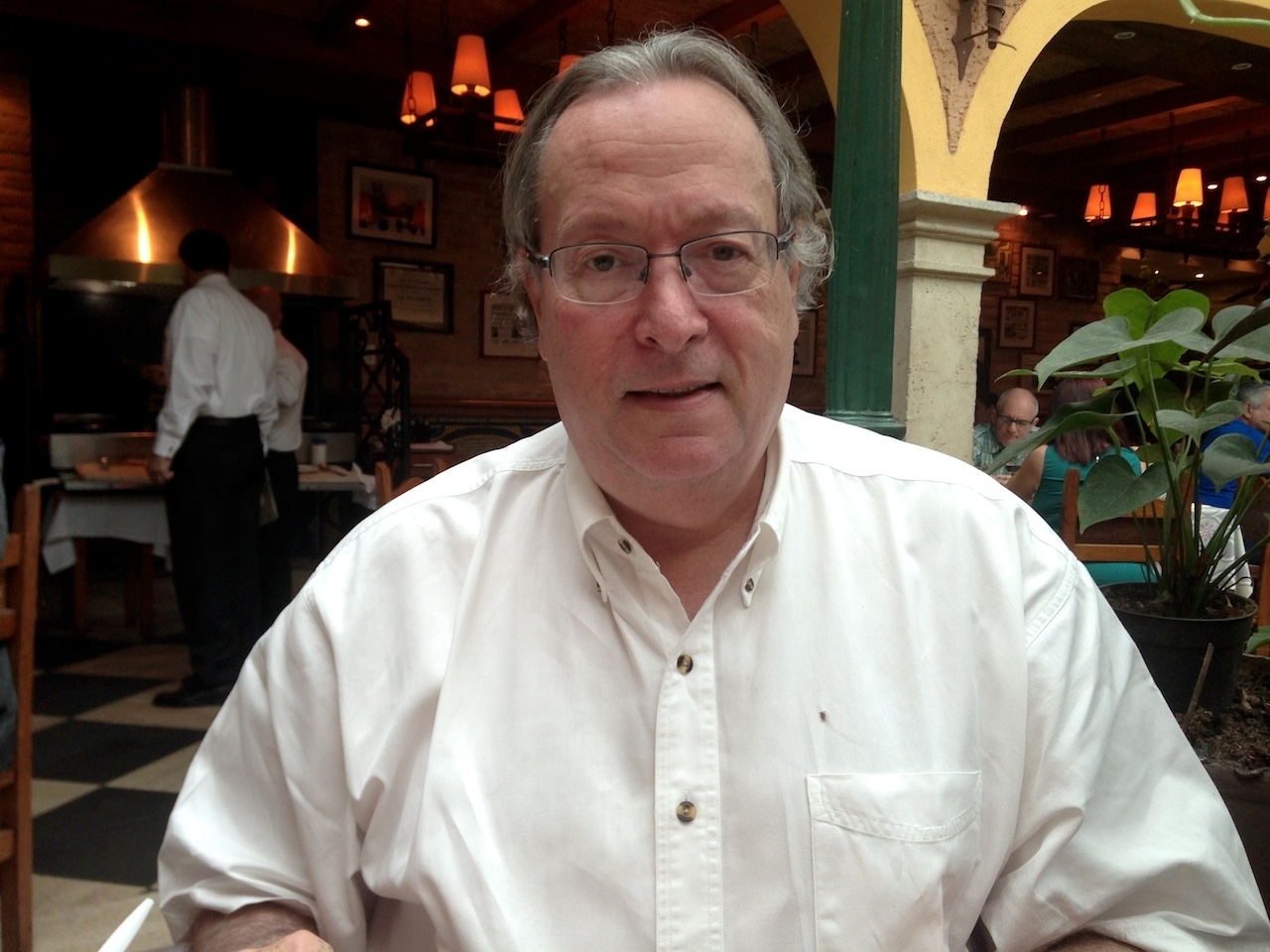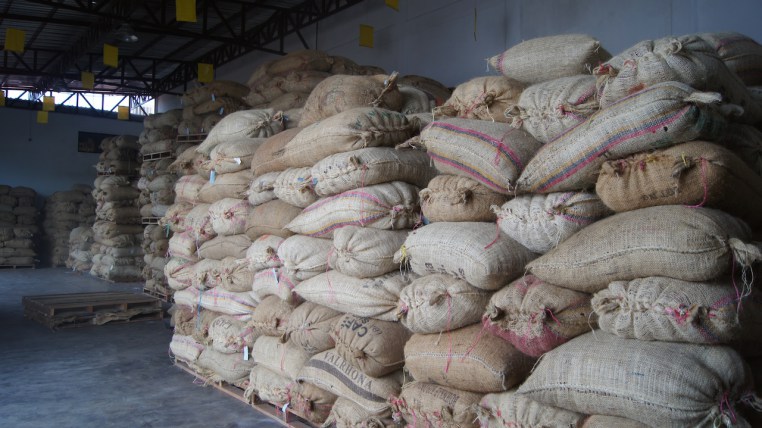César Guevara, president of the National Association of Cocoa Industrial Processing: “Our niche is in the gourmet market”
By Juan Pablo Crespo
Photos: Liliana Elías
Either at home or in his office there is not a shortage of chocolate. How could it be? The first job of the current president of the National Association of Cocoa Industrial Producers was in in Barlovento in 1969, Venezuela’s northern coast, where this exquisite seed is grown. Cesar Guevara has been linked to this wonderful world for more than 45 years.
By the hand of Humberto Reyes, author of the book “El Cacao de Venezuela” he started those adventures that seem to have no end, now with different responsibilities and valuable experience. “Once you get involved in cocoa it doesn’t let you go” he says, from his office in Caracas.
During a conversation with Vivaelcacao.com, the expert pointed out that the sector should aim towards the gourmet chocolate market, which has grown steadily over the past 10 years. “The niche is there.” He also emphasized the active and creative promotion of Venezuelan cocoas in the world as well as “to establish production targets of 500 kilos per hectare.”
Guevara is a geographer who runs the association consisting of 10 companies in the industry since 2001: Nestlé, El Rey, Caronero, Nucita, Cacao Real, El Globo, Cavencal, La Marcona, Zisnella, Fesa Group and, on the path to join it, Chocolates Franceschi. He is also president of the Agricultural Aprocao CA.
– What do you think it can be done in Venezuela to increase cocoa production on farms?
-The first task is rehabilitation. We talk about technical assistance to small producers, who are the majority, to enhance their farming techniques as well as improve methods for taking care of plantations. This work spread over 30 or 35 thousand hectares could easily double cocoa production in four or five years. The second task needs the development of new cocoa plantations, but with a different vision, more focused on medium producers and basically in the western part of the country.
– And for the rest of cocoa growing areas, what do you propose?
– For the rest, quality is the key. If Venezuela has the finest aroma cocoa, one has to be very careful when it comes to hybridize more the production. We must rescue the Criollo cocoa genes in the different research centres and also that new plantations have the seal of fine aroma cocoa. Once more, with all these approaches we could double production in four or five years.
– When you use the word “rescue”, does it mean that fine flavour cocoas are in danger?
-The Venezuelan cocoa is, generally, a Trinitario cocoa with different levels of fine aroma cocoa. For example, those from the west tend to have more genetic contents of fine aroma cocoa, also those from the centre and slightly less those from the east. But every effort must always take into account the genetic quality of what is done and therefore, the post-harvest techniques. The latter refers to the fermentation and handling of the grain, which have a direct impact on the future usefulness of the grain.
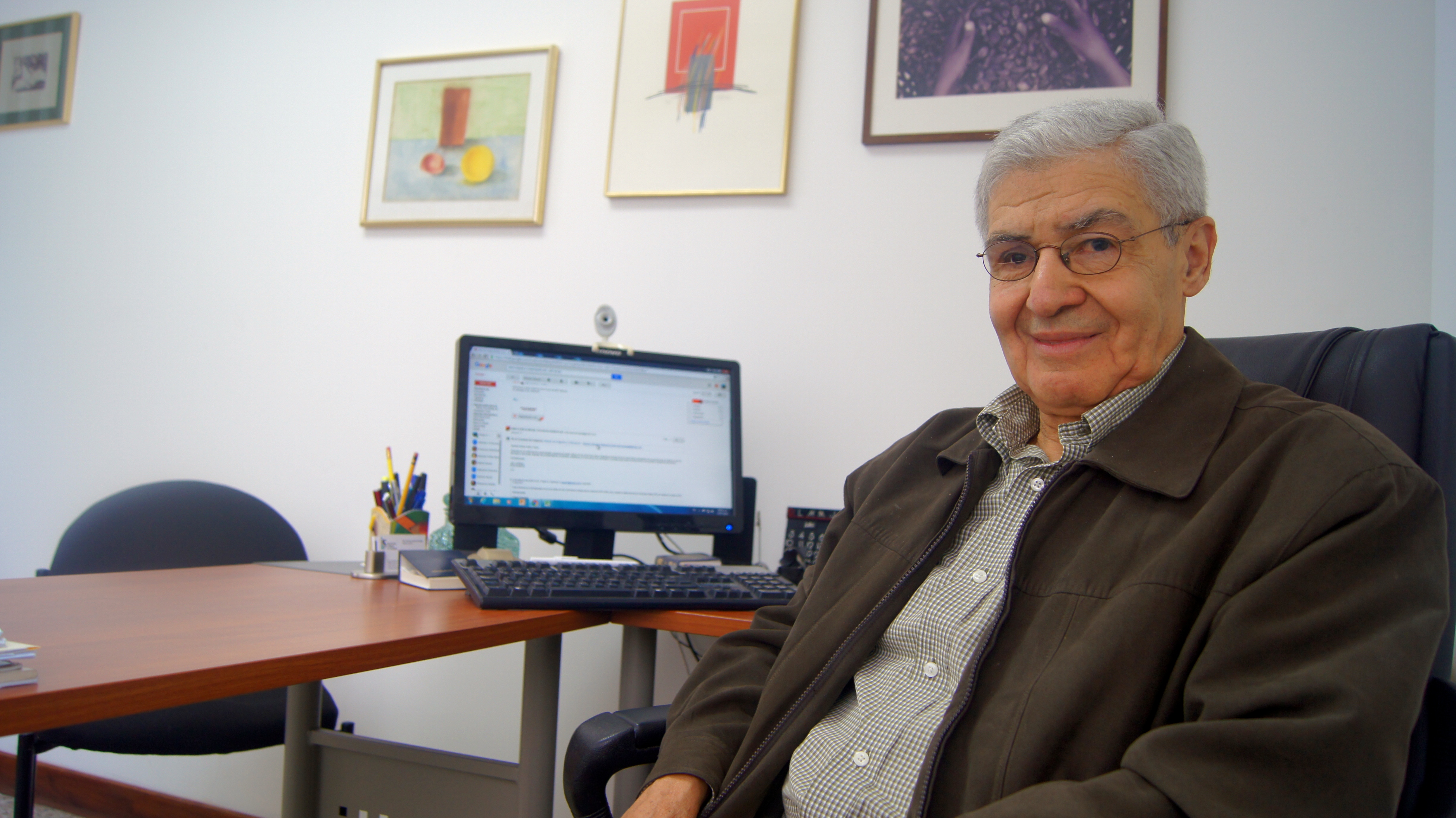
Rowing to diversifying and increasing production
Increasing cocoa production is the key, a goal that must be achieved with an entire united sector rowing together in order to meet the goals, never neglecting the distinctive quality of Venezuelan cocoa.
In comparison, Venezuela has a very low productivity per hectare. While here it barely reaches 300 kilograms, in Ecuador it reaches 2,000 kg per hectare, and in Colombia it can reach up to 1,000 kg.
– And looking beyond our borders, what quality standards we need to polish to gain a niche in the international market?
– We need to raise productivity. In this way, a range of production of 280 to 300 kilos per hectare per year is very difficult. Regarding primary production, it is necessary to attain significant improvements in both production and quality.
Marketing is another issue. Traditionally, we have exported cocoa beans, but we have never made any effort to export semi-finished and a lot less, finished products, excepting two or three brands, such as Chocolates El Rey and Franceschi, which are both pioneers in this area.
If we have the best cocoa in the world, why don’t we make finished cocoa products with this label? The Foreign Trade Bank is now clear on that idea, something similar to what it has been done with Venezuelan rum, meaning to bring appreciation for the national product quality and introduce it in the international market. Of course, we refer to going to the gourmet market or to a higher price level market, which demands these types of cocoa and is willing to pay for it.
We are not going to compete with African Forestero cocoas or Amazonian origin, which, despite they may have more productivity per hectare and resistance to blights, they have nothing to look for in the world of fine aroma cocoa. Venezuela has to remain in that niche and also presents itself on that basis.
– Specifically, what is the Foreign Trade Bank doing?
– It is promoting exportation. In this sense, they have done a wonderful job with the rum. Now they are beginning to work with cocoa, bringing together the necessary people, providing assistance and participating in international fairs. That is the way to commercial development in order to inspire exports.
– Is our cocoa industry profitable?
– At current prices and at field level, if our productivity were 600, 700 or 800 kilos per hectare, it would be profitable. However, this is hard to reach with a range of productivity of 250 or 300 kilos. Although there are interesting incomes as well as enthusiasm in the field producers at the moment, any change in the international market or a variation in the exchange rate place us at a disadvantage. I believe we must improve productivity to enhance competitiveness. We have to set out the aim of achieving 500 kilos per hectare, which, by the way, there are experiences, like in Zulia, Miranda or Eastern areas, introducing relatively simple improvements in caring the plantations, such as pruning, shadow relief, drainage maintenance and, of course, keeping a correct amount of plants per hectare. Let’s say around a thousand or eleven hundred.

On the lookout for a niche
The gourmet chocolate market has been expanding in the world in recent years, always chasing the finest cocoa possible. Abroad there are customers with the check book ready to pay for the best seed, no matter where it is located. Guevara is convinced that we have to aim to those markets.
-Tell us about that niche that we must focus on…
-In the last 10 years the demand for gourmet chocolate has increased, thus, there is a niche. Which countries? Basically Asian countries like Japan, our main customer of cocoa beans, as well as Europe. We talk about a world that produces four million 200 thousand ton of cocoa a year while we place about five or six thousand ton, just because the rest is consumed locally. Supposing that our production is doubled, we would be able to place 15 thousand or 17 thousand ton in the international market. Nevertheless, still it would be a small amount it would be interesting for the fine chocolate market. We are not interested in competing in the ordinary cocoa market.
– Colombians, to provide just one example, are very proud of their coffee and they know the subject very well. In Venezuela we have the best cocoa in the world, but we know very little about this.
– When you travel to any other country and take a package of chocolate with you, whether it is Franceschi, El Rey or Savoy, people get the best out of it. You might be asked why it is not sold there. Well, that is not easy because it involves work, and that’s what I mean. We make an excellent chocolate, but one thing is to produce and another is to export. We have to keep in mind that export has two fundamental criteria: quality and consistency. A product must have a consistent presence in the market in order to be successful.
– Does that inconsistency cost us market share?
– I would say no, because we have not been in this market. The cocoa we export, between five to six tons annually, has its own market and its own demand. Exporters have done their job and conquered that market. Recently, in February, in France, a Romanian Chocolatier won the first prize to the best chocolate, using Venezuelan cocoa. This means that there are sound basis. When you see a chocolate bar from Chocolates El Rey in a display cabinet in France or anywhere else in Europe, you say, “Look, what a pride!” Perhaps we have not granted any privilege to that fact. For example, Ecuador has their slogan “the country of cocoa” and you arrive there, especially in Quito or Guayaquil, the first thing you come across is a big banner bearing the slogan. We have no cocoa slogan. It is not enough to say we have the best cocoa in the world but we also have to promote it. We have to work both in quantity and quality.
– Suppose you walk down any street in Europe or New York, and someone known in the business stops you and asks about the Venezuelan cocoa, how would you sell it?
– I would say that we have a very distinctive cocoa in terms of aroma and flavour, I mean, in the world there are two kinds of cocoa, the Forestero, typical from the Amazon basin, and the Criollo cocoa from the South Lake of Maracaibo basin. What do we have? Basically, we have a hybrid between these two cocoas. However, we have the pure germplasm banks. It means we have to work on that. INIA people have much experience. All sowing material must be selected in a way to ensure productions bearing their characteristic tone of aroma and flavour.
– What type of cocoa is your favourite?
-The South Lake type.
– Why is that?
– For me it holds the higher percentage of Criollo cocoa. It is a very soft cocoa with almond tones and honey flavour, tasted in dark chocolates. You taste a chocolate with 70% cocoa and think it is too sweet, but it is not so, it only has those features that are perceived in the mouth. The eastern cocoa produces a different but also very pleasant sensation. Therefore, I do not like to talk about Venezuelan cocoa, but cocoas from Venezuela.
Each region has its own cocoa. Having said that, there is a fabulous cocoa, which is the Guasare. We have failed in its exploitation, thus, there is very little production. The best known in South Lake is Porcelana cocoa, but I think the Guasare is an exceptional cocoa. Our cocoa does not hold the solution to our economic problems nor it´s a competitor to oil business. We mean to compete with a product with Venezuelan roots and outstanding features for becoming a giant in export with worldwide recognition.
Precisely, in our roots we can find lots of responses and paths to follow. A careful analysis of the local environment together with a comprehensive action plan for cocoa can make a difference. Technical assistance to producers and the increase of cocoa plantations are part of César Guevara’s proposals. The expert and president of the National Association of Industrial Cocoa Producers also believes the country has both natural and human assets to focus on the gourmet chocolate market, an exquisite and dynamic niche that requires reliable and high quality sources. Venezuela can push hard in the world with one of its best cards: its cocoas.
